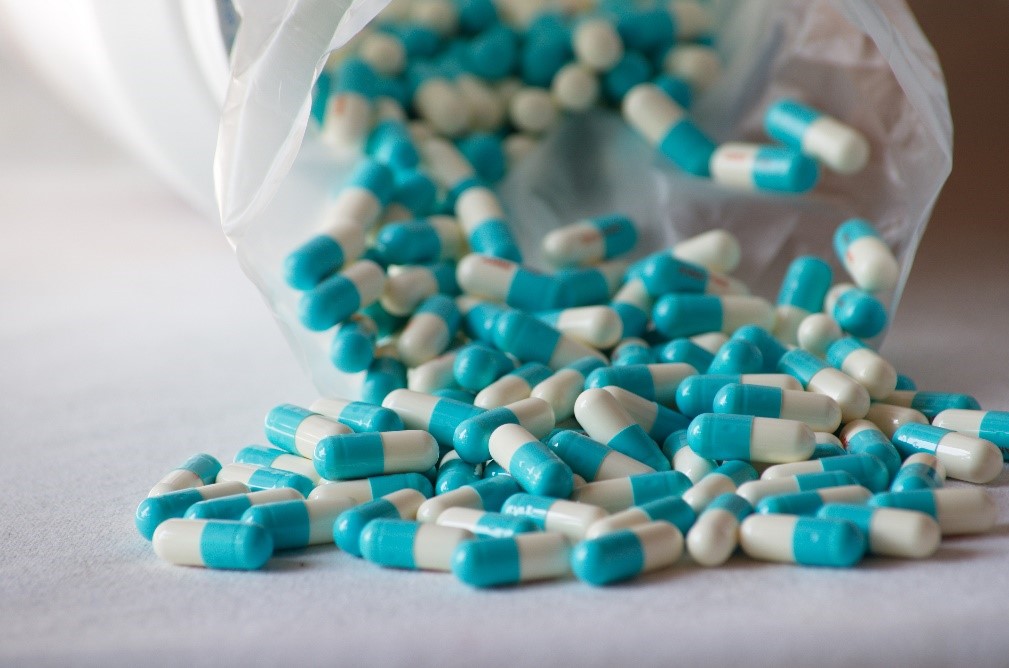Tackling the “pain points” of painkillers
Most nonsteroidal anti-inflammatory drugs (NSAIDs) are known to cause gastrointestinal side effects because they disrupt the activity of enzymes that protect the gastric lining. The selectivity of one such NSAID, celecoxib (CEL), means that it does not have gastric side effects, and therefore, it can be used in the treatment of rheumatoid arthritis, osteoarthritis, acute pain, and inflammation. Interestingly, it is also known for its anticarcinogenic activity.
Its applications, however, are limited because CEL is poorly soluble in water. This is a problem, as poor solubility decreases the drug’s bioavailability—the amount that enters the body’s circulatory system. Instead of dissolving in water, the molecule tends to aggregate. Scientists call this poor wettability, a term used to refer to a solid’s ability to attract and interact with liquids. Think, for example, about water-proof jackets, and how rain tends to flow down instead of making you wet. Something similar happens with this drug—instead of dissolving in the water of the bloodstream, it shuts itself off like a small, water-proof blob. This prevents cells from interacting with the beneficial chemicals that it carries inside. This broadly means that the actual utility of CEL is still limited owing to some very real drawbacks. So, how to develop a more effective drug that has immediate real-world applications?
 (Photo courtesy: Shutterstock)
(Photo courtesy: Shutterstock)
To improve the properties of CEL, a group of scientists led by Prof Sung-Joo Hwang from Yonsei University, South Korea, decided to mix the drug with a water-soluble carrier. They used a eutectic mixture technique, which refers to a mixture in which components do not chemically interact, but rather improve the solubility of the other component(s). After screening various candidates, two chemicals were chosen to prepare eutectic mixtures: adipic acid (ADI), a compound naturally found in beet and sugar cane and used as a precursor in nylon production and as a gelatin additive, and saccharin (SAC), a sugar substitute.
Both ADI and SAC improved the solubility of CEL, increasing their wettability and dissolution rates. Prof Hwang states, “eutectic mixtures may be a novel formulation strategy to improve the solubility and oral bioavailability of CEL.” In particular, the CEL–ADI mixture showed a higher dissolution rate, meaning that it dissolved faster than the CEL-SAC mixture.
“These mixtures significantly improve the solubility of CEL, increasing its potential for further anticarcinogenic applications as well as commercial uses as a painkiller,” says Prof Hwang. Despite their gastric side effects, traditional NSAIDs are the most commonly used painkillers. Developing more efficient selective NSAIDs such as CEL, which do not have these side effects, could radically change the perception of NSAIDs and benefit millions of patients worldwide.
Updated in July 2019
Recommended Articles
Professor Hyuk-Jae Chang
Professor Dae Hyun Lew
Discovering a new path of stem cell therapy for chronic wounds